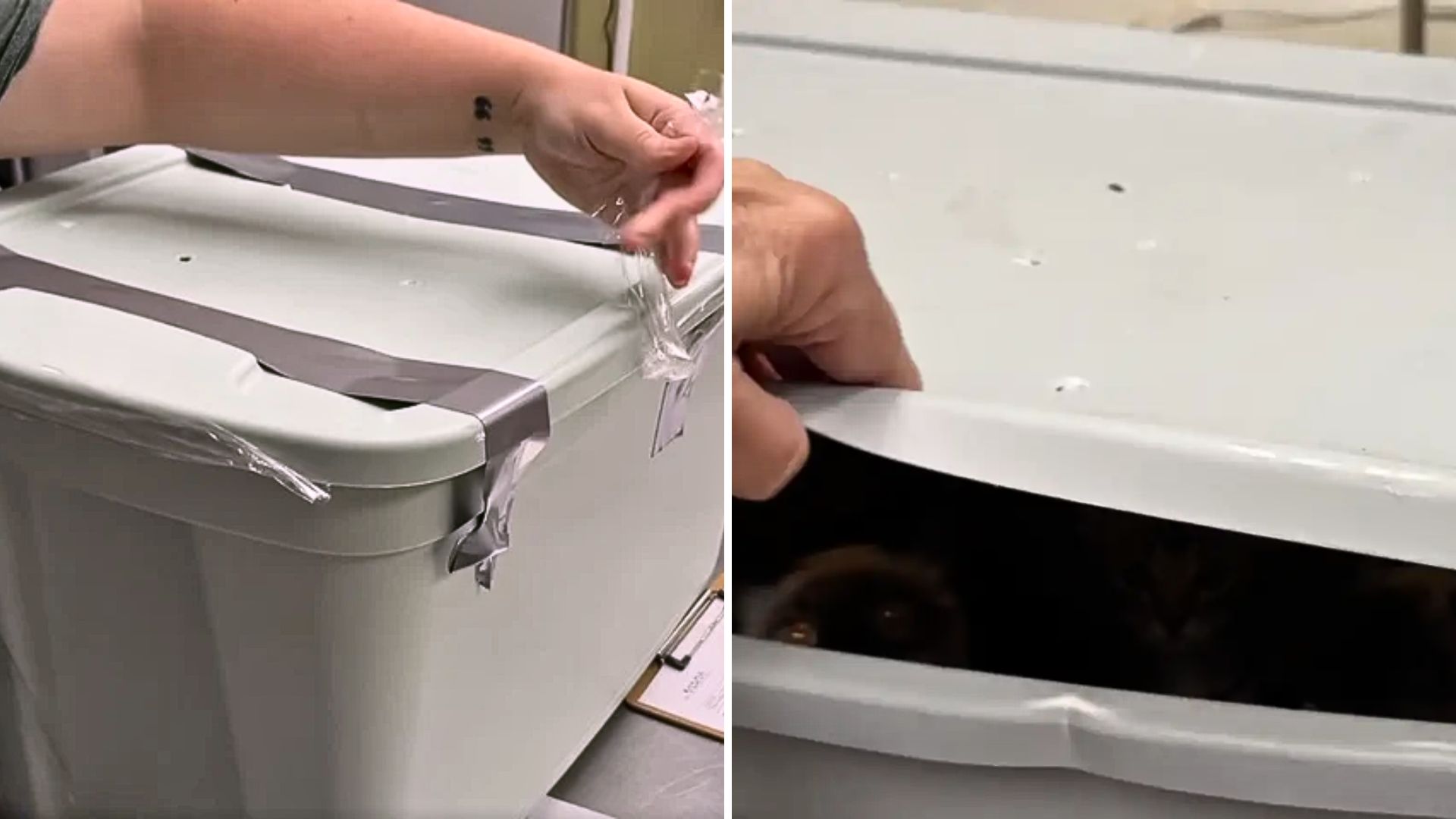According to a new study, leatherbacks that become entangled in fishing gear have a higher chance of ѕᴜгⱱіⱱіпɡ if the incident is reported quickly.
Dr. Kara Dodge of the New England Aquarium and her team of researchers analyzed 15 years of data collected by disentanglement responders to better understand sea turtle bycatch and mortality.
The National Oceanic and Atmospheric Administration defines bycatch as the process in which fishermen catch and discard animals they don’t want, can’t sell, or aren’t allowed to keep. Bycatch can be fish, but includes other animals such as dolphins, whales, sea turtles, and seabirds that become hooked or trapped in fishing gear.

The findings showed that of the 280 confirmed sea turtle entanglements in Massachusetts waters between 2005 and 2019, 272 involved leatherbacks, most wrapped in rope around their necks and front flippers.
And according to the Eпdапɡeгed ѕрeсіes Research study, 88% of the untangled turtles were predicted to have a low or intermediate degree of death.
The study also found that among the turtles that were tagged to track their movements, many were alive weeks or years after being untangled.

“This dataset provided us with an excellent opportunity to dig deeper and really understand leatherback entanglement on buoy lines, which is critical to determining how entanglement occurs and identifying viable solutions to address this issue,” Dodge said.
Leatherbacks are among the most advanced of all sea turtle species, and can reach 6 feet in length and weigh more than 1,000 pounds.

(Center for Coastal Studies)
“Our findings for leatherbacks mirror what we have seen in whales. They are very likely to get entangled in whatever rope is closest to them. Reducing ropes, which does not mean reducing fishing, will be the best strategy to reduce entanglements,” said study co-author Scott Landry of the Center for Coastal Studies, which leads entanglement response efforts in the region and collected most of the data for the study.
The researchers highlighted the importance of sea turtles being fully disentangled, as they will have little chance of survival if they are only partially disentangled.
The untangling net works with fishermen and depends on them to immediately report a tangle and wait for a team to arrive to help.

(Center for Coastal Studies)
“We really want boaters to let us know as soon as possible when they become entangled with a turtle so that we can assess the condition of the turtle and provide medical treatment if necessary,” said Dr. Charles Innis, director of animal health at the Aquarium. New England and co-author of the study.
Innis said boaters mean well when they try to help turtles, but that can reduce the chances of survival and prevent teams from learning more about the effects of entanglements on turtles.

(Center for Coastal Studies)
The study showed that most of the turtles that were caught were tagged on commercial fishing gear and not on other debris. And some interesting solutions to reduce the risk of leatherbacks being caught would be to replace individual fixed gear traps with trawls to reduce the number of vertical lines.

(Center for Coastal Studies)
Researchers also encourage the development of emerging technologies, particularly “ropeless” fishing.
And while the study focused on entanglements in the waters off the Massachusetts coast, the researchers said sea turtles aren’t just limited to that area. Other studies have shown that entanglement is also a problem for leatherbacks in Canadian waters.





